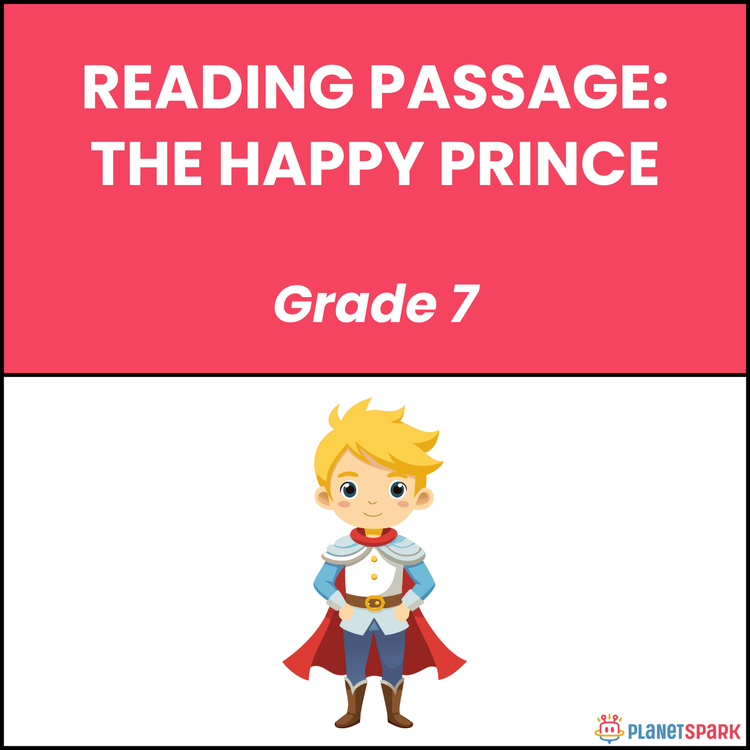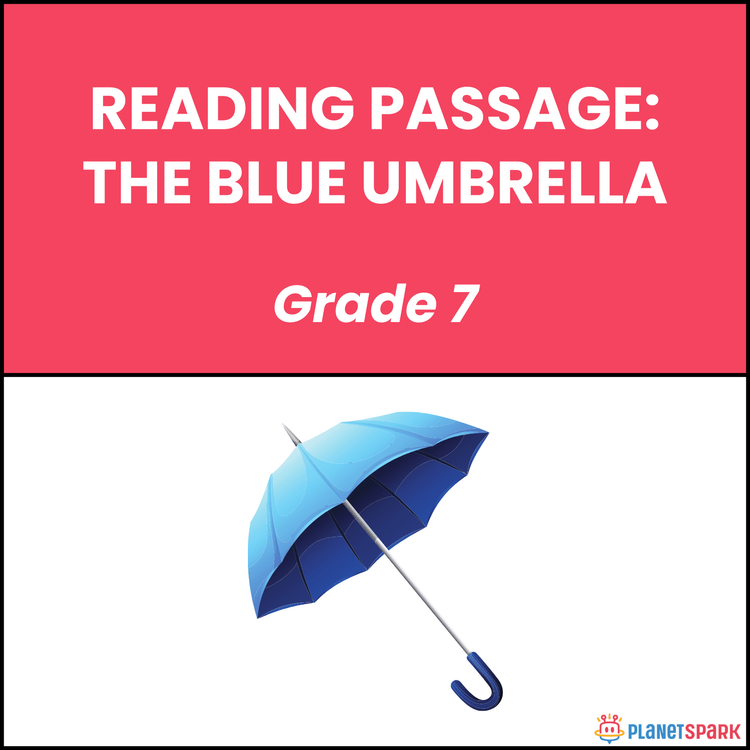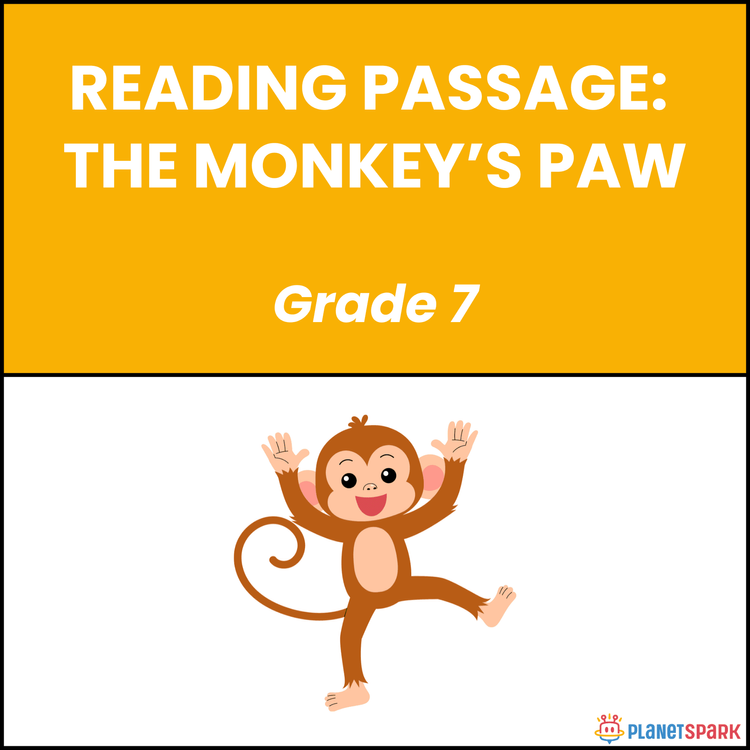Class 7 Reading Passage on Gandhi’s Role in Freedom


Class 7 Reading Passage on Gandhi’s Role in Freedom
Path of Peace: Gandhi’s Role in India’s Freedom
This Class 7 reading comprehension worksheet explores Mahatma Gandhi’s remarkable leadership in India’s independence movement. Through a clear and inspiring passage, students learn how Gandhi’s principles of non-violence (Ahimsa) and Satyagraha (truth force) became powerful tools in achieving freedom without violence. The worksheet helps learners understand history while building comprehension, reasoning, and moral insight.
Why Reading About Gandhi’s Role Matters in Grammar?
1. It helps students practice identifying main ideas and supporting details from historical texts.
2. Learners gain exposure to vocabulary related to peace, justice, and leadership.
3. It builds comprehension through real-world contexts like protests and social change.
4. The topic encourages reflection on ethics, values, and civic responsibility.
What’s Inside This Worksheet?
This worksheet is organized into three engaging comprehension sections:
Exercise 1 – Multiple Choice Questions
Students choose correct answers related to Gandhi’s philosophy, Satyagraha, and major independence movements like the Salt March and Quit India Movement.
Exercise 2 – Short Answer Questions
Learners explain Gandhi’s key beliefs, define Satyagraha, and describe the impact of his leadership on India’s struggle for independence.
Exercise 3 – Deep Comprehension and Vocabulary
Students analyze how Gandhi’s non-violence and self-reliance aided the movement, interpret his influence, and find a synonym for “advocated.”
Answer Key (For Parents & Educators)
Exercise 1 – Choose the Correct Option
1. a) Non-violence (Ahimsa)
2. a) Truth force
3. a) Salt March
Exercise 2 – Short Answers
1. Gandhi’s philosophy was based on non-violence and truth.
2. He led major movements like the Salt March and Quit India Movement.
3. Satyagraha means “truth force” — the power of truth and non-violent action.
Exercise 3 – Extended Responses
1. His idea of Satyagraha united Indians to fight peacefully against injustice.
2. His call for self-reliance empowered people to boycott British goods and become independent.
3. Non-violence was powerful because it inspired unity without aggression.
4. Synonym for “advocated”: Supported
Help your child discover how Gandhi’s peaceful path to freedom continues to inspire leaders and learners around the world today.
Frequently Asked Questions
They inspire learners to understand ideals like truth, peace, and resilience.
They combine factual recall with interpretation of values and purpose.
Critical reflection, empathy, and analytical summarization improve significantly.



